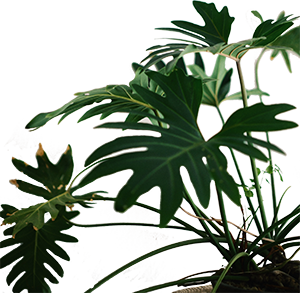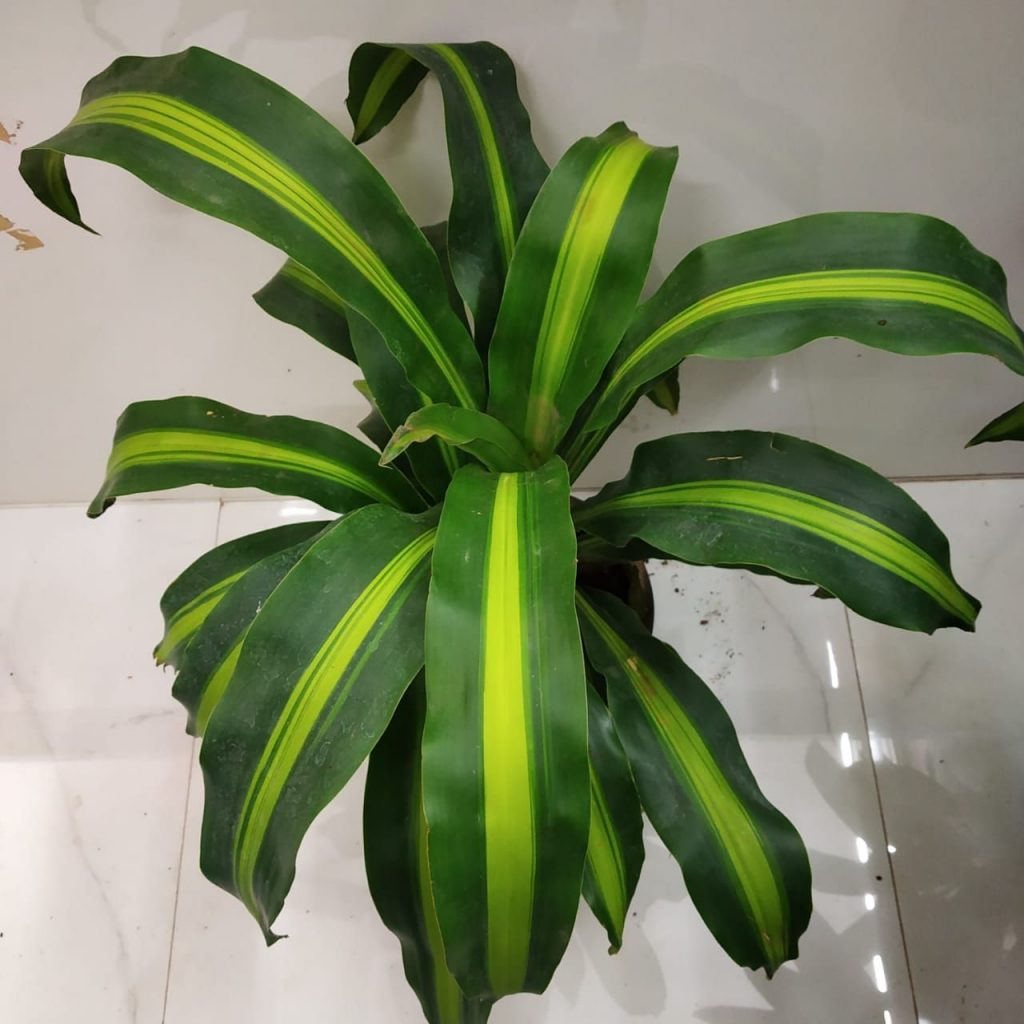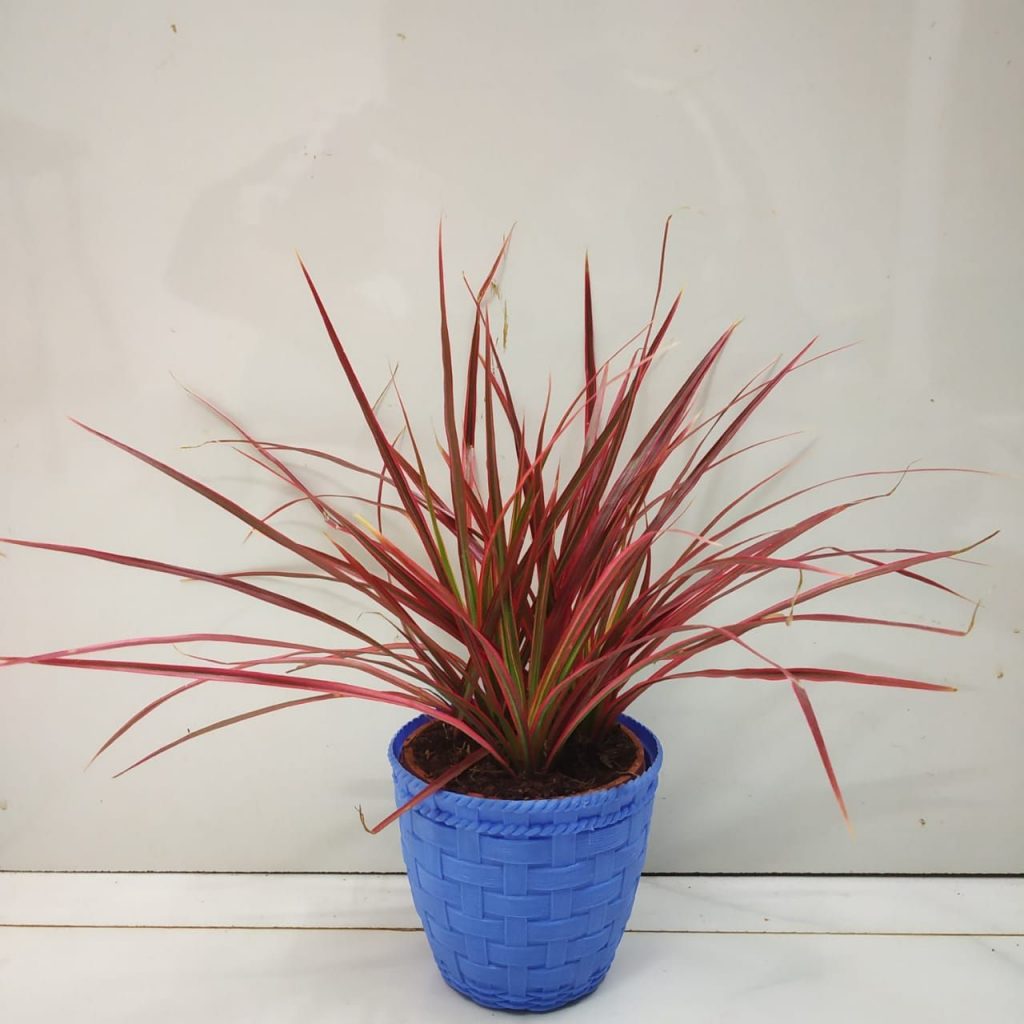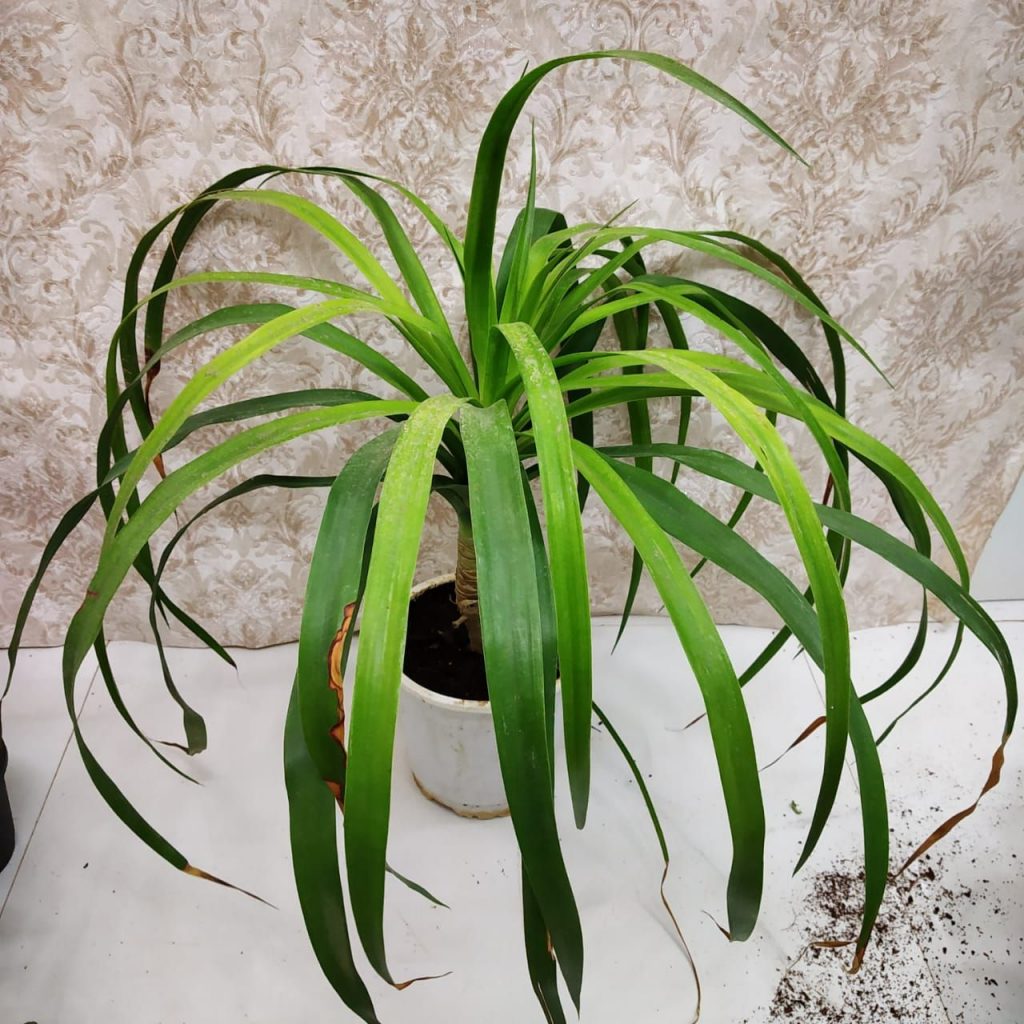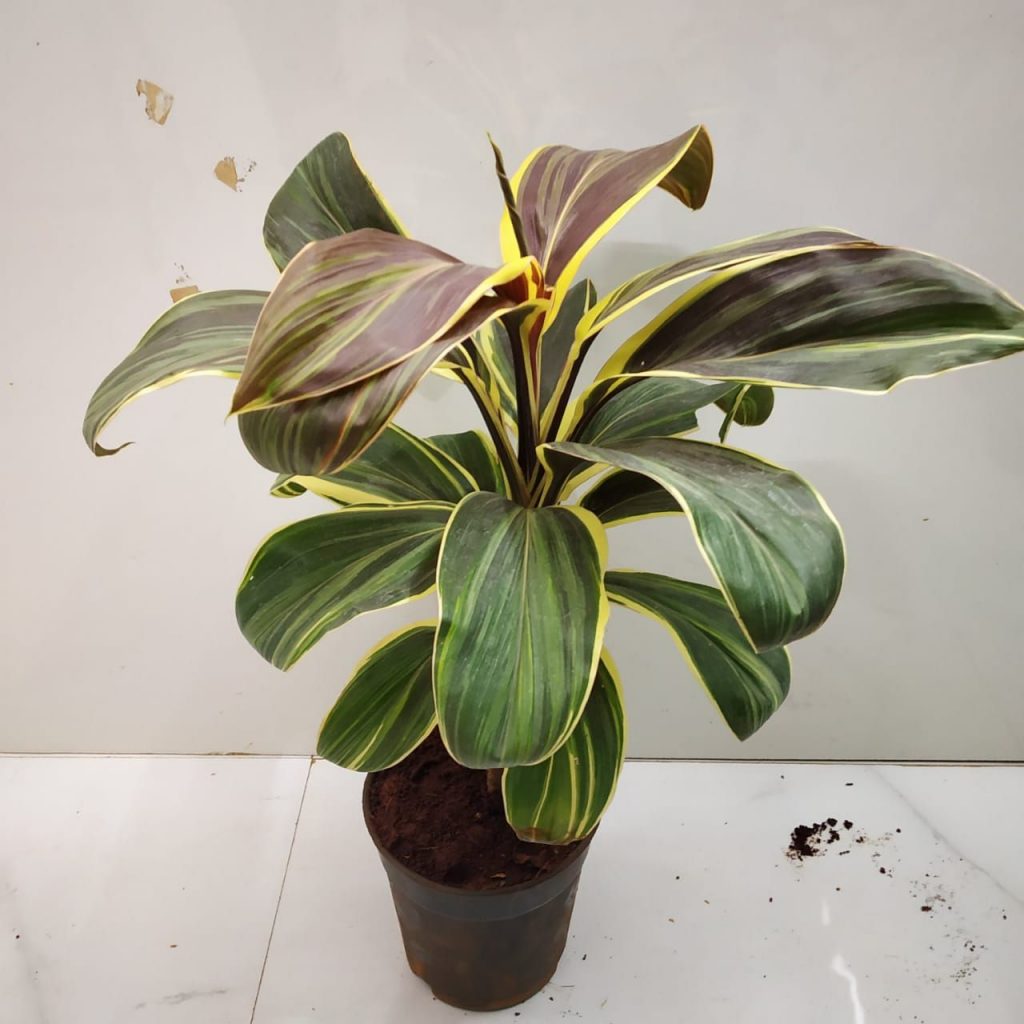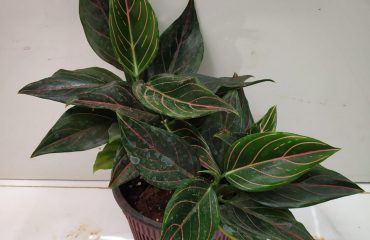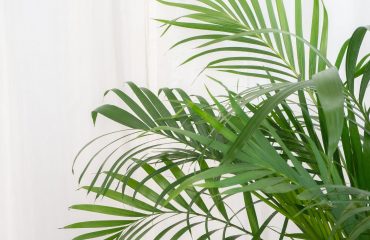How To Care For Dracaena Houseplant

There are approximately 120 species of Dracaena trees and shrubs. Whether your favorite is Marginata, Massangenana, Fragrans, or possibly Deremensis, each will give you a hefty return for very little maintenance. This genus of plants can grow quite large and are best kept under control by removing the top portion of the plant. New foliage will emerge from the cut area and you can even propagate the cutting! If you give this hearty indoor plant the proper light and amount of water, it will become a lovely, long-term resident in your home.
The dracaena plant is a popular ornamental houseplant, grown both indoors and outdoors in subtropical climates. It reaches a height of about three feet indoors, and has a bushy tree type of look. Its glossy leaves can grow up to one foot long and a couple of inches wide
Light
Some Dracaenas – like the D. Fragrans and D. Massangeana – will grow in low light, but most other varieties – like Marginatas – thrive in filtered, bright, indirect light. Direct sunlight can damage the leaves, unless the plant was originally grown in direct sun.
Water
Dracaenas have a reputation for not needing a lot of water. True, but they need a thorough soaking when the soil dries out! Remember — all plants need water! Dracaenas planted in a six-inch pot should be watered when the soil is dry four inches below the top. Use filtered water, rainwater, or distilled water, as these plants don’t like salts or minerals. Dracaenas prefer dry soil; soggy soil promotes fungus and root rot.
Temperature
The ideal temperatures for Dracaenas are those above 65℉. Sudden coldness can damage the leaves, so keep them away from drafty doors and windows during the colder months.
Humidity
Dracaena house plants benefit from higher humidity levels during summer, or when they’re in heated, forced-air environments.
Fertilizer
It’s not necessary to fertilize your Dracaenas, but they benefit from you feeding them once a month during the growing season with a ¼ diluted complete liquid fertilizer or fish emulsion. You can also top-dress the plant at the start of the growing season with a rich compost.
SOIL
Dracaena marginata plants grow well in a loose fast-draining soil. These plants are from Hawaii and often arrive in soil full of lava rock. Remove 1/3 of the soil and replace it with a good potting mix.
Pests
The Dracaena Lisa can be susceptible to mealybugs & scale. Click the links & you’ll see how to identify & control them. Many houseplants are susceptible to spider mites so I’ll include this 1 too. Pests can travel from houseplant to houseplant fast so make you get them under control as soon as you see them.
Safe For Pets
All dracaenas are considered to be toxic to pets. I consult the ASPCA website for my info on this subject – here’s more info on this for you. Most houseplants are toxic to pets in some way & I want to share my thoughts with you regarding this topic.
Pruning
Not much is needed at all. If yours has a few brown tips, just leave them be. It’s common for dracaenas to have them. Pronounced brown edges are due to a watering issue so cut them off if you feel the need. Just make sure your scissors are clean & sharp.
Pro Tips
- Use filtered water as these plants are sensitive to salts and chemicals found in most tap water.
- If you want to reduce the size of the plant, simply cut off the top; over time, new foliage will grow back at the cut, producing a fuller look.
- If your plant isn’t thriving, try moving it to a spot with more light.


